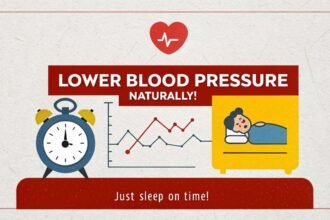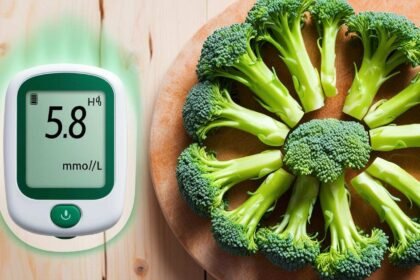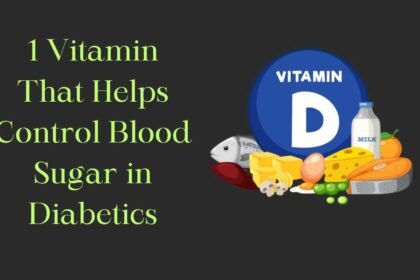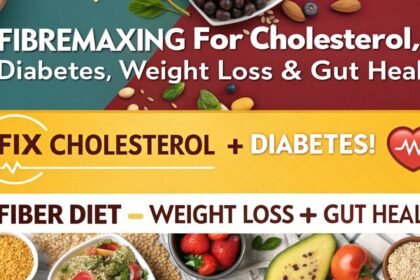When it comes to safeguarding your heart, small habits can make a big difference. Cardiologists across the U.S. agree that lowering LDL cholesterol – often referred to as “bad” cholesterol is one of the most effective ways to reduce your risk of heart disease and stroke.
The good news? You don’t need an extreme lifestyle overhaul. Just two daily habits, consistently practiced, can significantly move the needle in the right direction.
Here’s what you need to know about LDL cholesterol and what cardiologists recommend you do every single day to keep it in check.
What Is LDL Cholesterol and Why Does It Matter?
LDL (low-density lipoprotein) cholesterol is known as the “bad” kind because elevated levels can lead to plaque buildup in your arteries – a process called atherosclerosis.
Over time, this narrows the arteries, restricting blood flow and increasing your risk of heart attacks and strokes. However, not all cholesterol is bad.
Cholesterol plays a vital role in producing hormones, forming cell membranes, and supporting brain function. The issue arises when too much LDL circulates in the bloodstream.
According to the American Heart Association, a healthy LDL level should be below 100 mg/dL. Unfortunately, most Americans exceed this, often unknowingly, due to diet and lifestyle habits.
#1: Eat a Fiber-Rich Breakfast
Cardiologists unanimously agree: starting your day with a fiber-rich breakfast is one of the most impactful habits to lower LDL cholesterol naturally.
Soluble fiber, in particular, is your heart’s best friend. It dissolves in water to form a gel-like substance that binds with cholesterol in your digestive system, helping to flush it out before it enters your bloodstream.
Additionally, fiber helps control appetite and improve insulin sensitivity – both key factors in managing cholesterol.
Aim for 5 to 10 grams of fiber at breakfast. Great options include:
- Oatmeal or overnight oats topped with chia seeds and berries
- Whole-grain toast with avocado and a sprinkle of flaxseed
- Greek yogurt with granola, almonds, and banana slices
- Smoothies packed with spinach, apples, and high-fiber fruits.
Most American adults consume just half the recommended fiber – 25 grams daily for women and 38 grams for men. Starting your day strong sets the tone for your overall intake. (Source)
#2: Move Your Body – Every Day
Even if you hit the gym a few times a week, sitting for most of the day can still put your heart at risk. Cardiologists emphasize that daily movement is crucial for managing cholesterol and preventing heart disease.
The American Heart Association recommends at least 150 minutes of moderate-intensity exercise per week – that’s about 25–30 minutes, five days a week.
You don’t need a fancy gym membership or a personal trainer. Walking briskly, biking, dancing, or even gardening counts. If you’re in a desk-bound job, consider these movement hacks:
- Take a 5-minute walk every hour
- Use a standing desk or stability ball chair
- Walk during phone calls or meetings
- Take the stairs instead of the elevator
Additionally, try to hit 7,000 to 10,000 steps per day. Even small bursts of activity like stretching or a lunchtime stroll – can add up and help lower LDL cholesterol while boosting HDL (the “good” cholesterol).
Bonus Tip: Manage Your Stress
Daily stress may silently sabotage your heart health. Chronic stress increases the production of LDL cholesterol and decreases protective HDL cholesterol.
Incorporating stress-reducing activities like deep breathing, meditation, yoga, or journaling for even 10 minutes a day can support heart health.
Disclaimer
This article is for informational purposes only and is not intended to provide medical advice, diagnosis, or treatment. Always consult with your healthcare provider before making any changes to your diet, exercise routine, or medication, especially if you have a medical condition or are taking prescribed medication.












